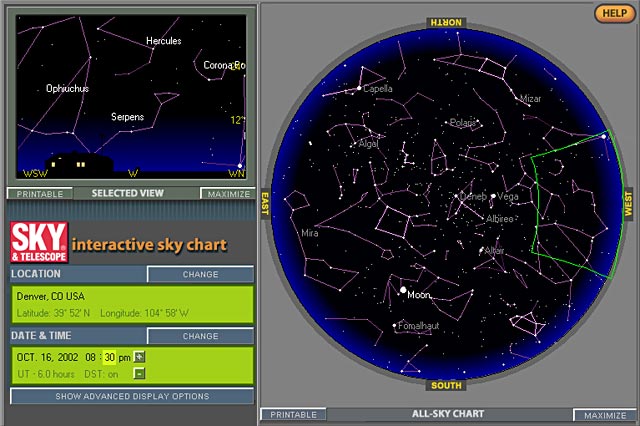

You can find them by searching the term "SkyAtmosphere" in the Material Editor.

Several Material Expressions can be used to achieve this in your materials. Also, you will have to compute lighting on the clouds and other elements in the sky.

In this material, you will have the freedom to compose the sky, sun disk, clouds and aerial perspective. However, height fog and volumetric fog will continue to be applied, if used. The sky material is rendered as the last opaque mesh during the base pass, meaning that aerial perspective will not be applied on it to avoid double contribution. To set up a skydome mesh to work with the Sky Atmosphere component, you'll need to set the following in its Material: Rendering the Sky using a Skydome Meshįor some projects, you will want to position the skydome mesh around the world, enabling artists to control the way the sky is composited with clouds, stars, sun and any other celestial bodies. For additional details about them, see the Sky Atmosphere Reference page. Many of these settings allow you to control the LUT's performance and visual quality for your project. Moving these light sources will affect the atmosphere based on properties set in the Sky Atmosphere component for each Directional Light. Right Ctrl + L + Shift with mouse movement will adjust the Directional Light set to index 1. Right Ctrl + L with mouse movement will adjust the Directional Light set to index 0. When you've enabled Atmosphere Sun Light on your Directional Light(s) and set the Atmosphere Sun Light Index for each, you can quickly adjust each light's position using the following keyboard shortcuts: Place a Sky Light in the scene to capture Sky Atmosphere and have it contribute to the scene lighting. If using multiple Directional Lights, set the Atmosphere Sun Light Index for each for instance, 0 for the Sun and 1 for the Moon. Place a Directional Light in the scene, and from its Details panel, enable Atmosphere Sun Light. Place a Sky Atmosphere component in the scene.
Free virtual pc sky full#
You can have two atmospheric Directional Lights that receive sun disk representation in the atmosphere with sky color that depends on the sunlight and atmosphere properties.Ī sky color that will vary, depending on the altitude of the sun, or in other terms, how close the dominant Directional Light's vector gets to being parallel with the ground.Ĭontrol over scattering and fuzzy settings, allowing for full control of your atmospheric density.Īerial perspective that simulates the curvature of the world when transitioning from ground to sky to space views.Įnable the Sky Atmosphere component by following these steps using the Modes panel in the Level Editor: The Sky Atmosphere gives an approximation of light scattering through a planetary atmosphere's participating media, giving outdoor levels a more realistic or exotic look by including the following: It also provides an aerial perspective to which you can simulate transitions from ground to sky to outer space with proper planetary curvature. It's flexible enough to create an Earth-like atmosphere with time-of-day featuring sunrise and sunset, or to create extraterrestrial atmospheres of an exotic nature. The Sky Atmosphere component in Unreal Engine 4 (UE4) is a physically-based sky and atmosphere-rendering technique.


 0 kommentar(er)
0 kommentar(er)
